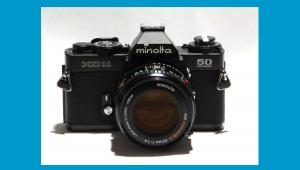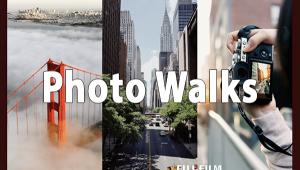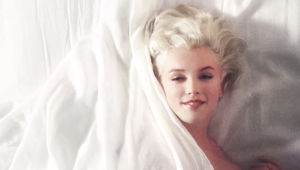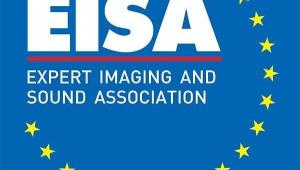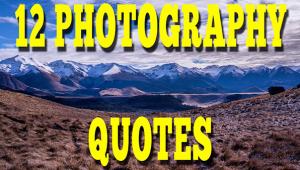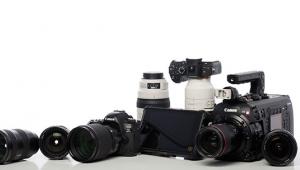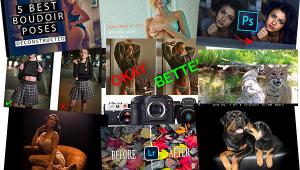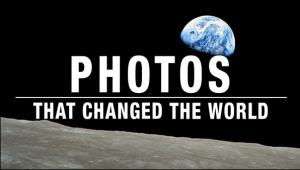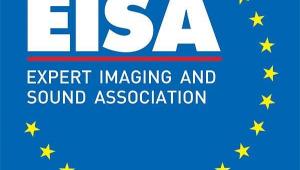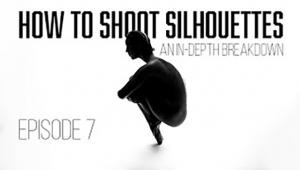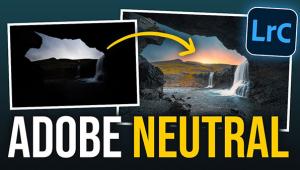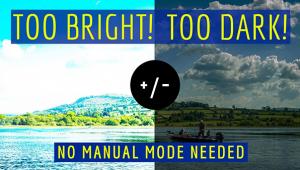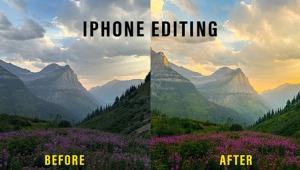National Geographic Editor Explains Efforts to Keep Images “Honest” in the Digital Age

On of the pitfalls in our digital age is the potential for publishing digitally manipulated images that defy authenticity and convey an unrealistic or inaccurate portrayal of the scene at hand. Perhaps motivated by the recent controversy over some heavily edited and staged images by famed photographer Steve McCurry, National Geographic Editor-in-Chief Susan Goldberg addressed the topic head-on in the July issue of the magazine.
Goldberg began by recalling a “well-deserved firestorm” that occurred in 1982 when an altered image of a camel train in front of the Pyramids at Giza ran on the cover. The immediate outcry was due to the fact that photographer Gordon Gahan’s original image was a horizontal one and the magazine did some fancy work to make it fit the vertical format of the cover. As a result, the pyramids appeared much closer together than they actually are (see below).
“We learned our lesson,” Goldberg says. “At National Geographic it’s never OK to alter a photo. We’ve made it a part of our mission to ensure our photos are real.”
In her July editorial, Goldberg explains that current policy specifies that writers must provides their notes, and photographers on assignment are required to submit Raw files of their images containing metadata straight from the camera. “If a Raw file isn’t available,” she says, “we ask detailed questions about the photo. And, yes, sometimes what we learn leads us to reject it.”
Director of Photography for National Geographic Sara Leen concurs, adding that in the old days it was much easier to spot a doctored image because the tools for doing so were far less sophisticated. “Now,” she says, “you can’t always tell if a photo is fake, at least not without a lot of forensic digging.”
As for McCurry, he recently explained his position on this hot topic in an exclusive interview with Time magazine that is well worth reading.



